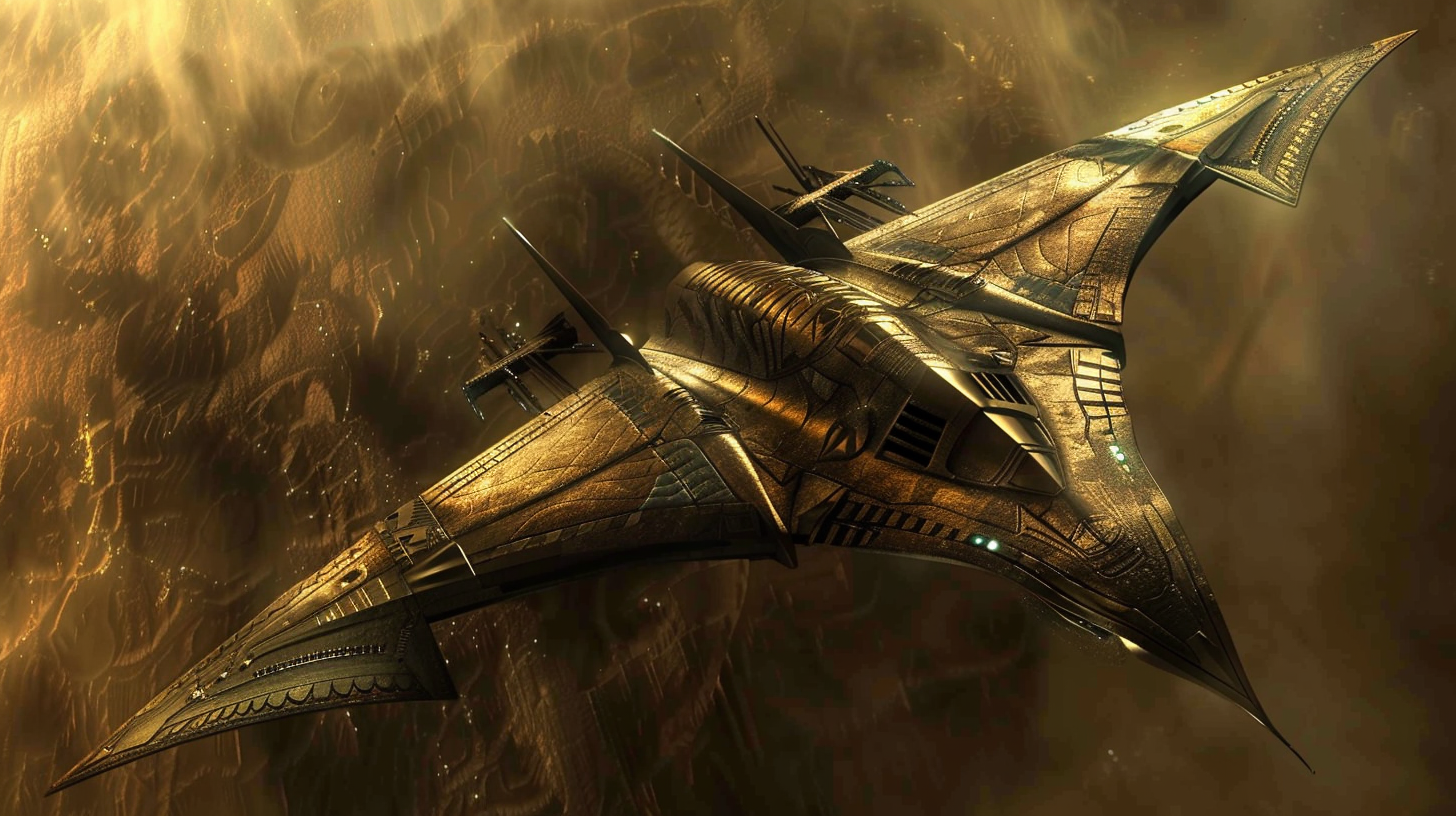Within the vast tapestry of ancient history, the Sumerians emerge as a profoundly captivating civilization that has graced our world. Their documented advancements in literature, mathematics, and governance have left a lasting legacy. Yet, it is their intricate artistic expressions and symbolism that persistently intrigue researchers and aficionados. Among the myriad symbols they have bequeathed, none is more mysterious than the portrayal of the “winged disk.”
The winged disk is a recurrent motif in Sumerian art, embellishing temples, seals, and various artifacts. On initial observation, it presents a striking image—a disk with wings extending on either side. But what does it symbolize? The interpretations are as diverse as they are compelling.
One prevalent viewpoint suggests that the winged disk signifies divine safeguarding. In ancient Mesopotamian beliefs, deities were commonly depicted with wings, symbolizing their capacity to transcend earthly realms and offer protection to their followers. Thus, the winged disk could be interpreted as an emblem of a divine presence watching over the Sumerian populace, shielding them from harm and bestowing blessings upon them.

However, an alternative perspective exists, one that sparks imagination and fuels discourse among scholars and enthusiasts. Some propose that the winged disk might represent advanced spacecraft of extraterrestrial origin. While this notion may seem fantastical to some, it is grounded in the idea that ancient civilizations might have interacted with beings from beyond our world or possessed knowledge of sophisticated technologies surpassing our current comprehension.
Advocates of this hypothesis highlight specific attributes of the winged disk that they argue support their interpretation. They posit that the disk’s central placement and prominence in Sumerian art imply its significance as a conveyance of paramount importance. Furthermore, the presence of wings could signify flight, while the disk itself may symbolize a celestial body or a vehicle capable of navigating the expansive realms of space.
This interpretation inevitably raises numerous inquiries. Were the Sumerians visited by extraterrestrial entities? Did they harbor knowledge of advanced technologies now lost to time’s embrace? Or are these notions simply products of our intrinsic urge to derive meaning from the enigmatic?
Irrespective of one’s position on this subject, the enduring allure of the winged disk symbol remains undeniable. Whether perceived as a symbol of divine protection or as a marker of potential extraterrestrial contact, it underscores the ingenuity and creativity of the ancient Sumerians. Perhaps, therein lies its true essence—not as a key to unlocking obscured truths but as a reminder of the mysteries that beckon us to delve deeper, speculate broader, and marvel at the wonders woven into the fabric of our collective human narrative.
